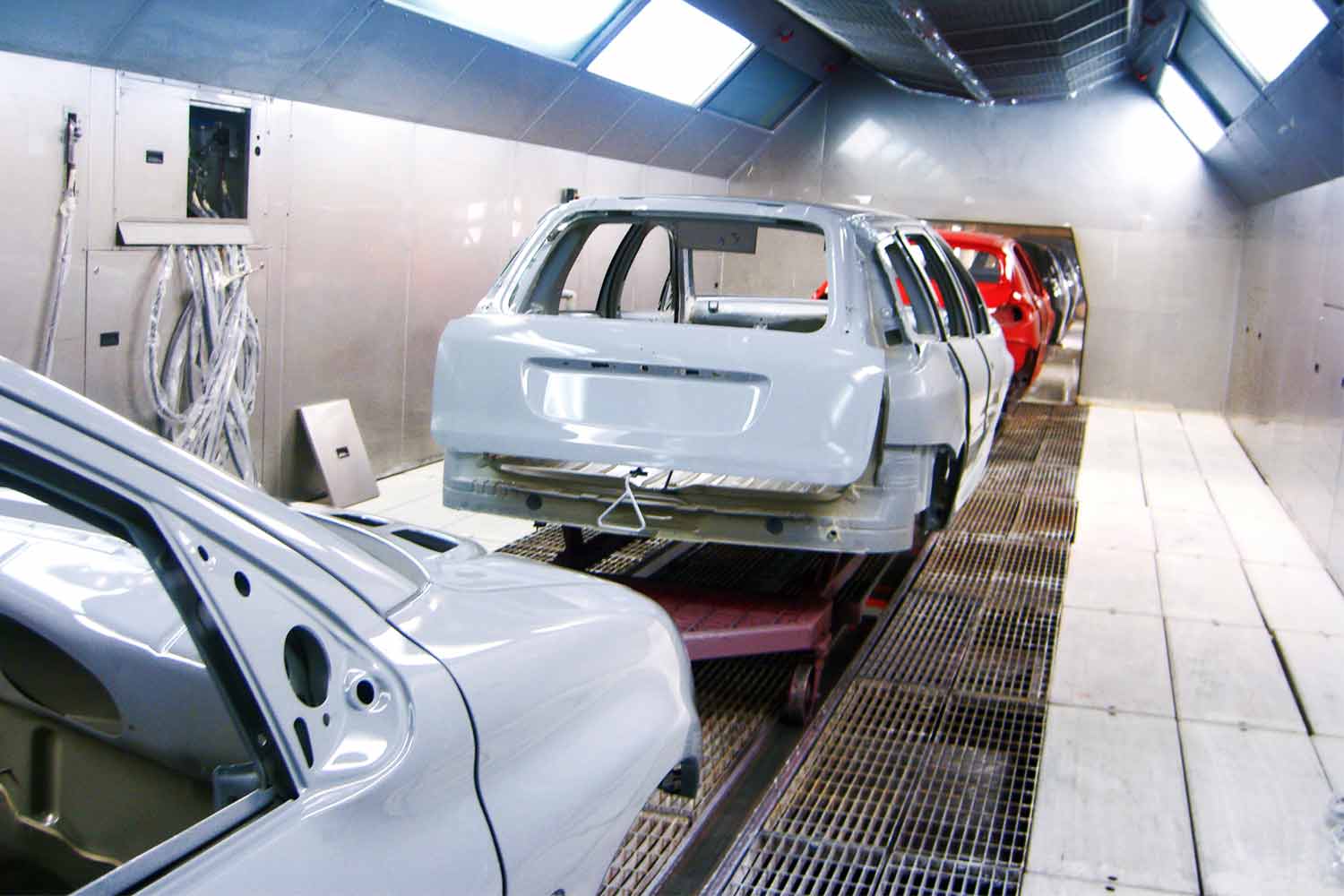Industrial Coatings
Improve productivity and efficiency by using accurate profile data to optimize oven performance and final products
Prove that your oven provides the necessary cure schedule to give the physical and cosmetic coating properties required
Create the certified traceable profile report to prove to your customers and regulatory body (Qualicoat, ISO9000, CQI-12) that your process is in control
Highlight oven problems immediately and use data information to recommend corrective action
Launch new models quicker by efficient optimization of paint oven operation for new body styles and coatings

